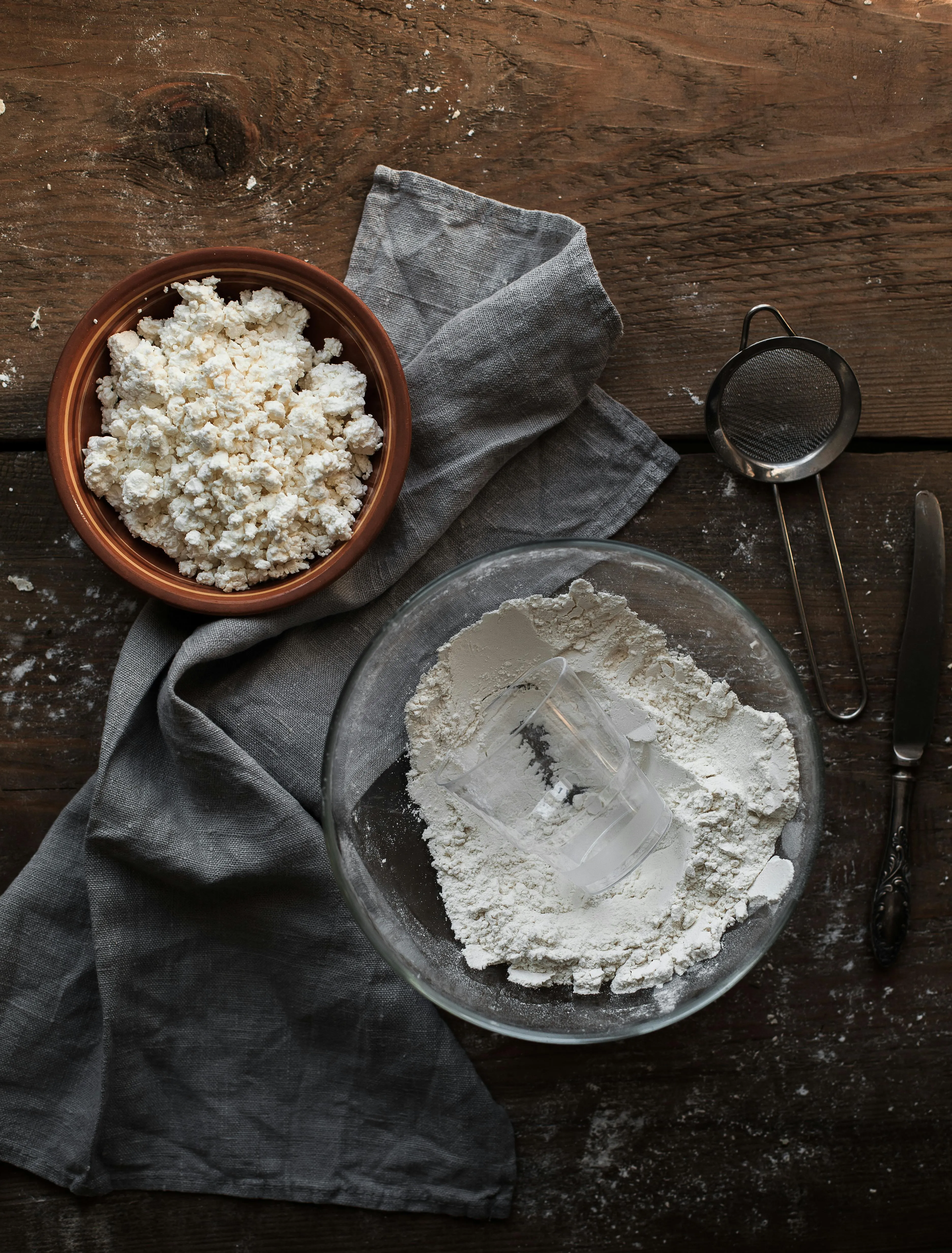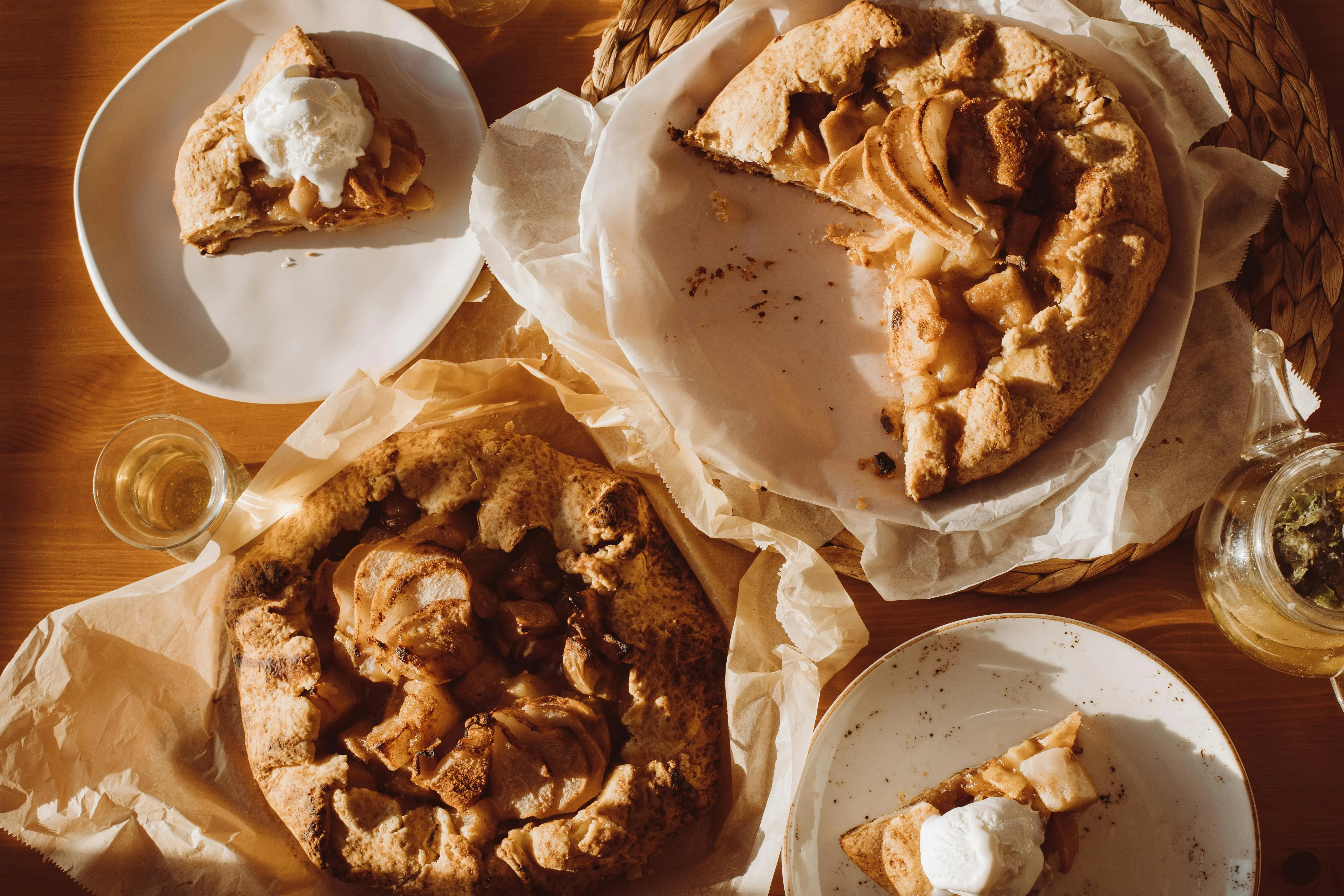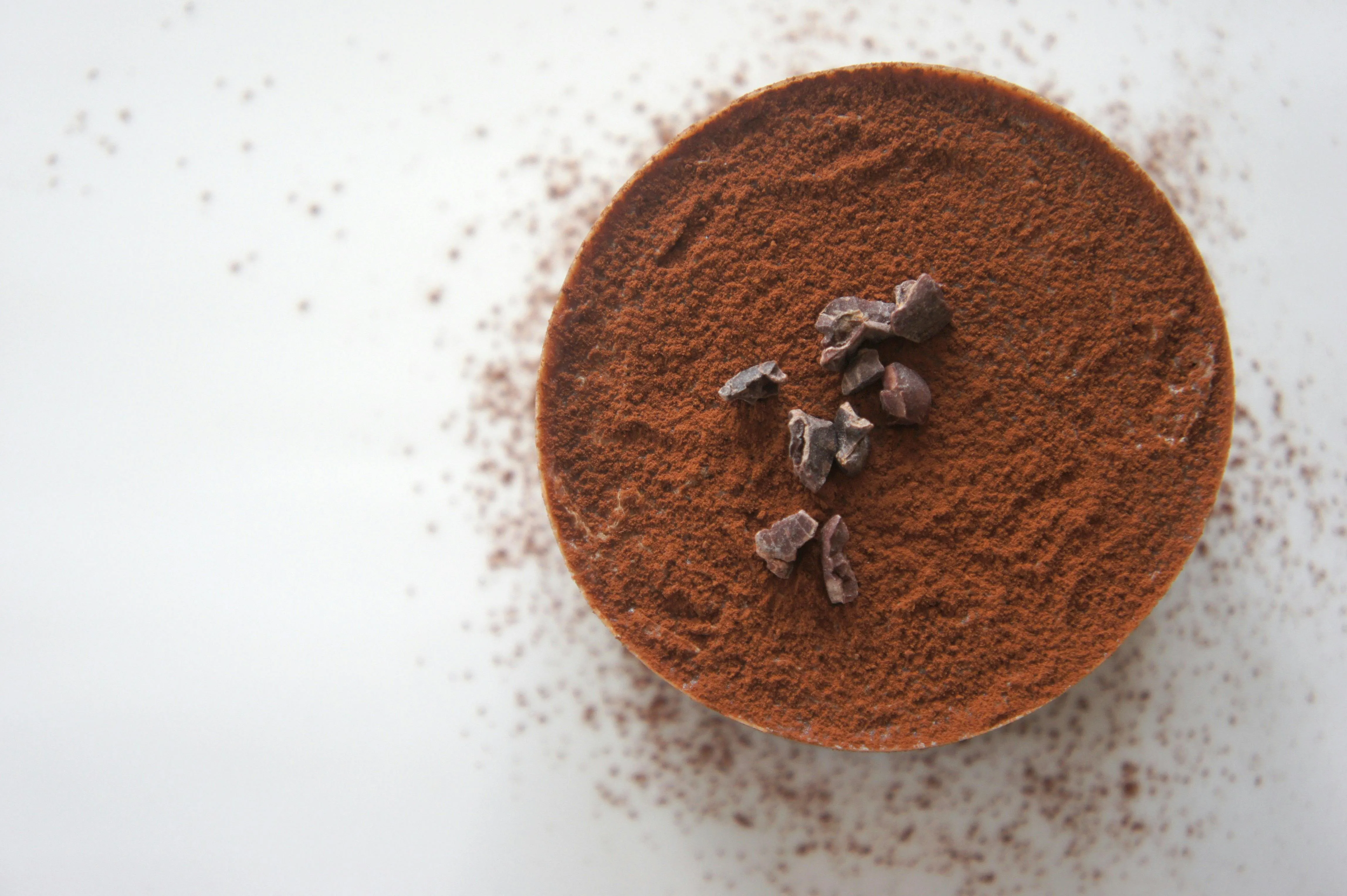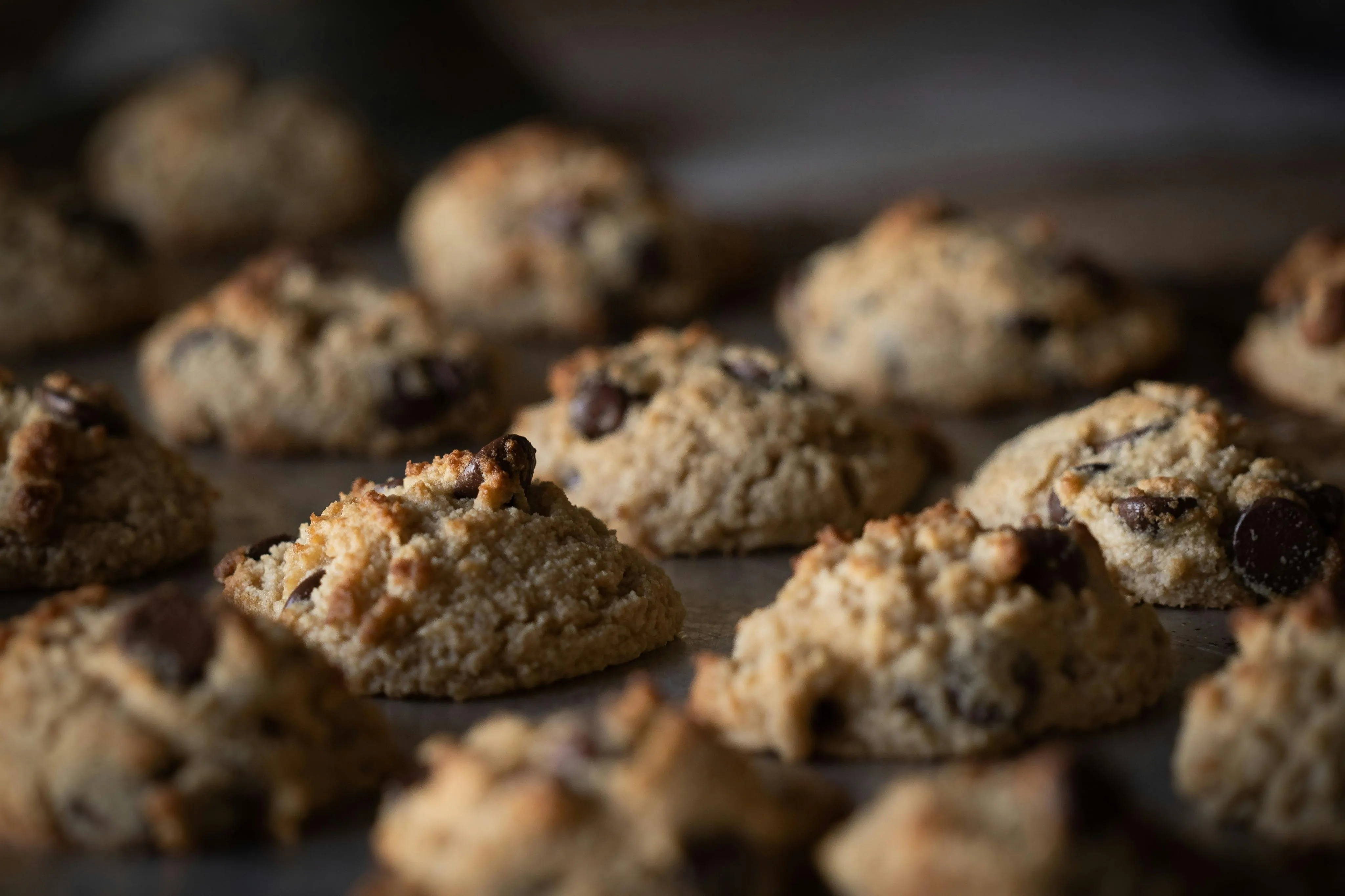
I recently returned from Israel and am eager to share many stories about the local cuisine, enriched with anecdotes, photos, and recipes. The upcoming holiday we celebrate with Israel is Passover (Pesach), during which coconut-flake cookies are traditionally made. Passover is one of the oldest Jewish holidays, commemorating the liberation of the Jews from Egyptian slavery about 3,300 years ago. This holiday tells the story of the Exodus and also celebrates spring: renewal and rebirth.
There is a legend that before leaving Egypt, the Jews didn't have time to leaven their dough, so they baked unleavened bread. Even today, matzah, unleavened bread, symbolizes the bread that the Jews ate in haste while fleeing Egypt. The haste was not in vain—the Egyptian army, led by Pharaoh, chased them. But on the seventh day of their exodus, the Red Sea parted before the Jews and later closed over the Egyptian army.
Passover lasts for 7 days and includes a mandatory meal known as the "Seder" (from Hebrew "order"), which is the most important part of the holiday. The Seder is conducted in a specific order, with each action having its own place and time. "In every generation, a Jew must see himself as one who personally came out of Egypt."
Coconut Flake Cookies
- 5 eggs
- 1 cup matzo flour (can be replaced with regular flour)
- 2 cups coconut flakes
- 1/2 cup sugar
- 2 lemons, zest and juice
Or here is another version, which is probably more appropriate for Passover, as flour cannot be used (Chometz - leavened food, which contains wheat, barley, oats, rye, or spelt, or any combination of these grains that come in contact with water):
- 2 eggs
- 140g powdered sugar
- 200g coconut flakes
Whisk the egg whites until frothy, then add the powdered sugar and egg yolks. Add the coconut flakes and mix well. Spoon the mixture onto a baking sheet, shaping into round cookies. Bake for about 15 minutes at 170°C (depending on the size of the cookies).
Also, traditionally for Passover, there are 5 symbolic dishes:
- Z'roa — roasted lamb bone, symbolizing the Passover sacrifice.
- Beitza — roasted egg, symbolizing the mourning for the destroyed Temple in Jerusalem.
- Maror — bitter herbs (usually fresh horseradish or lettuce), symbolizing the bitterness of slavery.
- Charoset — a mixture of chopped apples, walnuts, cinnamon, and wine, symbolizing the mortar used by the Jews to build Egyptian monuments.
- Karpas — parsley, celery, or green salad, symbolizing the meager food in Egypt. It is dipped in saltwater to remind of the tears shed.
During the Seder, the 5 mandatory steps of "Mitzvot" are observed by the faithful.
The first is to eat matzah, the second is to drink 4 cups of wine, the third is to eat maror (usually between two pieces of matzah), the fourth is reading the Haggadah, and the fifth is the recitation of psalms of praise.
A traditional Passover meal often includes chicken soup with matzo balls, gefilte fish, and roasted meat.
Charoset:
- 3 apples
- 100g walnuts
- 1/2 teaspoon ground cinnamon
- 5-6 tablespoons sweet red wine
- Sugar or honey to your taste
Cut the apples into quarters and remove the core, but do not peel them. Grate them. Place the apples and all other ingredients in a bowl and mix well. Serve as a salad, appetizer, or spread on matzah.
For those interested, here's some history: the Israelites came to Egypt as one family — the descendants of Jacob, who numbered 70 people, and left as a nation numbering 600,000. Initially, Jacob’s family was welcomed in the land of Goshen (one of Egypt's provinces), but as the Jews grew "too numerous," special measures were applied to them. All residents of the country were subjected to forced labor, and for the Jews, it was particularly harsh. Their homes were monitored, and newborn firstborns were killed.
Coconut Flake Cookies
- 5 eggs
- 1 cup matzo flour (can be replaced with regular flour)
- 2 cups coconut flakes
- 1/2 cup sugar
- 2 lemons, zest and juice
Or here is another version, which is probably more appropriate for Passover, as flour cannot be used (Chometz - leavened food, which contains wheat, barley, oats, rye, or spelt, or any combination of these grains that come in contact with water):
- 2 eggs
- 140g powdered sugar
- 200g coconut flakes
Whisk the egg whites until frothy, then add the powdered sugar and egg yolks. Add the coconut flakes and mix well. Spoon the mixture onto a baking sheet, shaping into round cookies. Bake for about 15 minutes at 170°C (depending on the size of the cookies).
Also, traditionally for Passover, there are 5 symbolic dishes:
- Z'roa — roasted lamb bone, symbolizing the Passover sacrifice.
- Beitza — roasted egg, symbolizing the mourning for the destroyed Temple in Jerusalem.
- Maror — bitter herbs (usually fresh horseradish or lettuce), symbolizing the bitterness of slavery.
- Charoset — a mixture of chopped apples, walnuts, cinnamon, and wine, symbolizing the mortar used by the Jews to build Egyptian monuments.
- Karpas — parsley, celery, or green salad, symbolizing the meager food in Egypt. It is dipped in saltwater to remind of the tears shed.
During the Seder, the 5 mandatory steps of "Mitzvot" are observed by the faithful.
The first is to eat matzah, the second is to drink 4 cups of wine, the third is to eat maror (usually between two pieces of matzah), the fourth is reading the Haggadah, and the fifth is the recitation of psalms of praise.
A traditional Passover meal often includes chicken soup with matzo balls, gefilte fish, and roasted meat.
Charoset:
- 3 apples
- 100g walnuts
- 1/2 teaspoon ground cinnamon
- 5-6 tablespoons sweet red wine
- Sugar or honey to your taste
Cut the apples into quarters and remove the core, but do not peel them. Grate them. Place the apples and all other ingredients in a bowl and mix well. Serve as a salad, appetizer, or spread on matzah.
For those interested, here's some history: the Israelites came to Egypt as one family — the descendants of Jacob, who numbered 70 people, and left as a nation numbering 600,000. Initially, Jacob’s family was welcomed in the land of Goshen (one of Egypt's provinces), but as the Jews grew "too numerous," special measures were applied to them. All residents of the country were subjected to forced labor, and for the Jews, it was particularly harsh. Their homes were monitored, and newborn firstborns were killed.


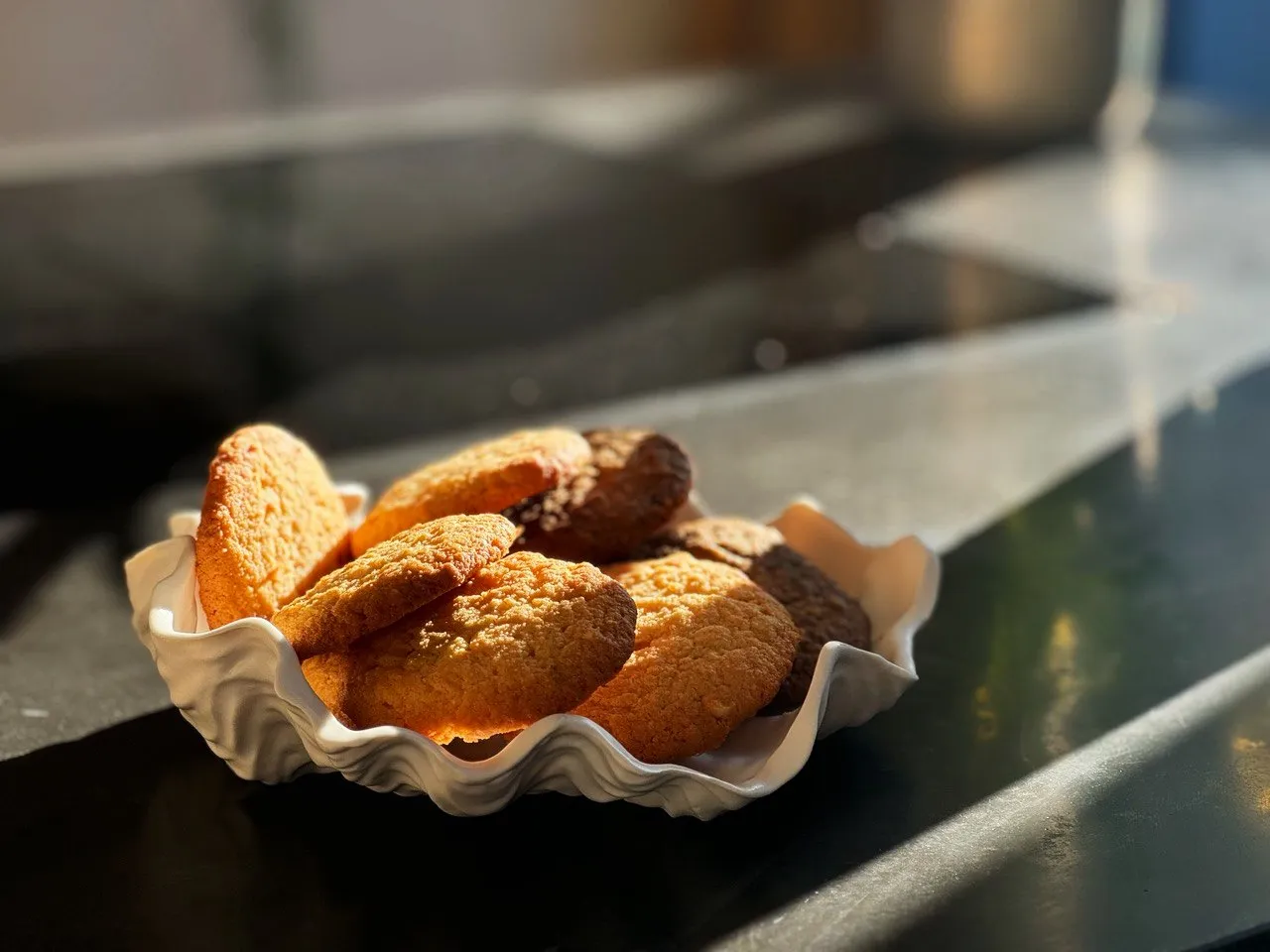
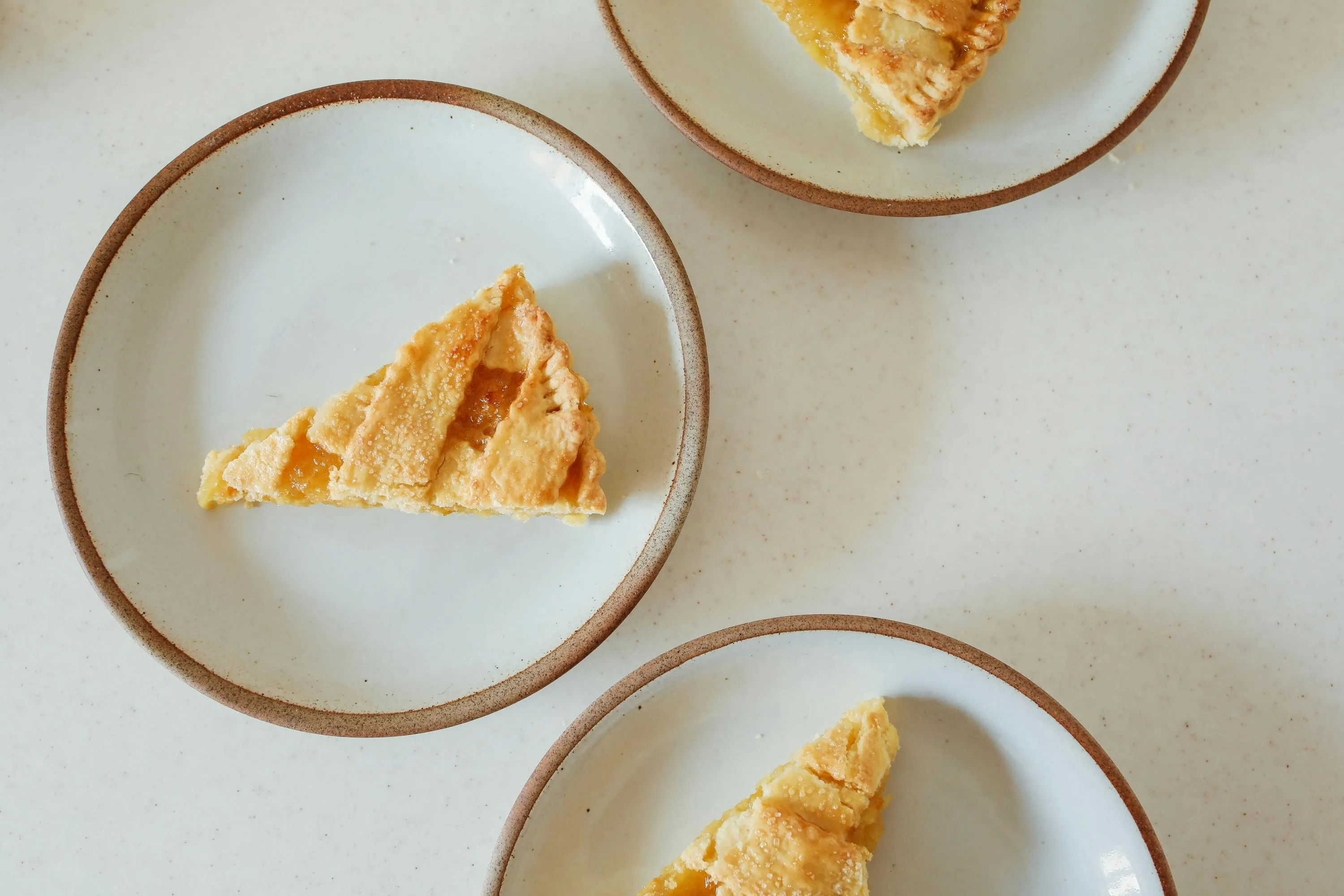
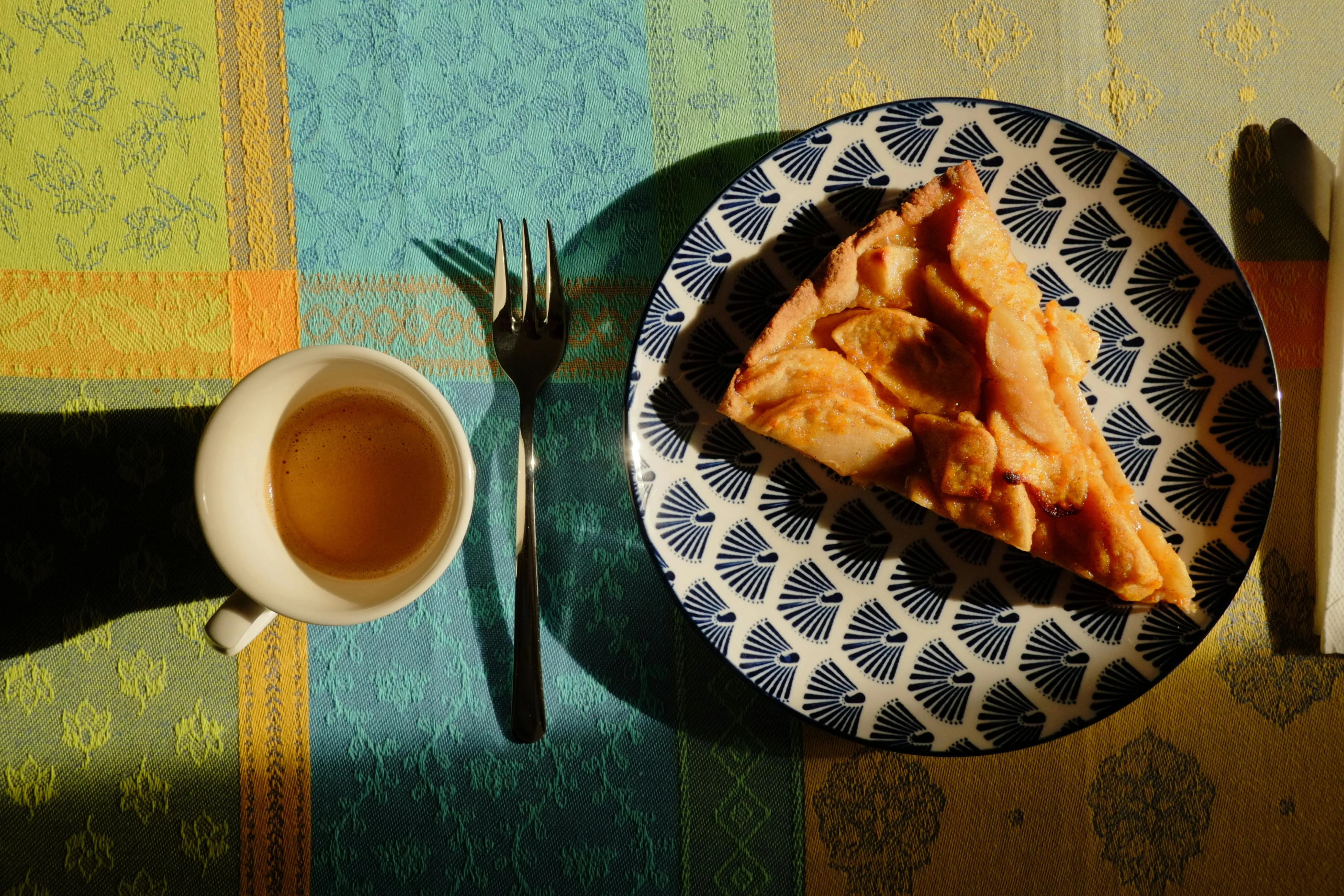
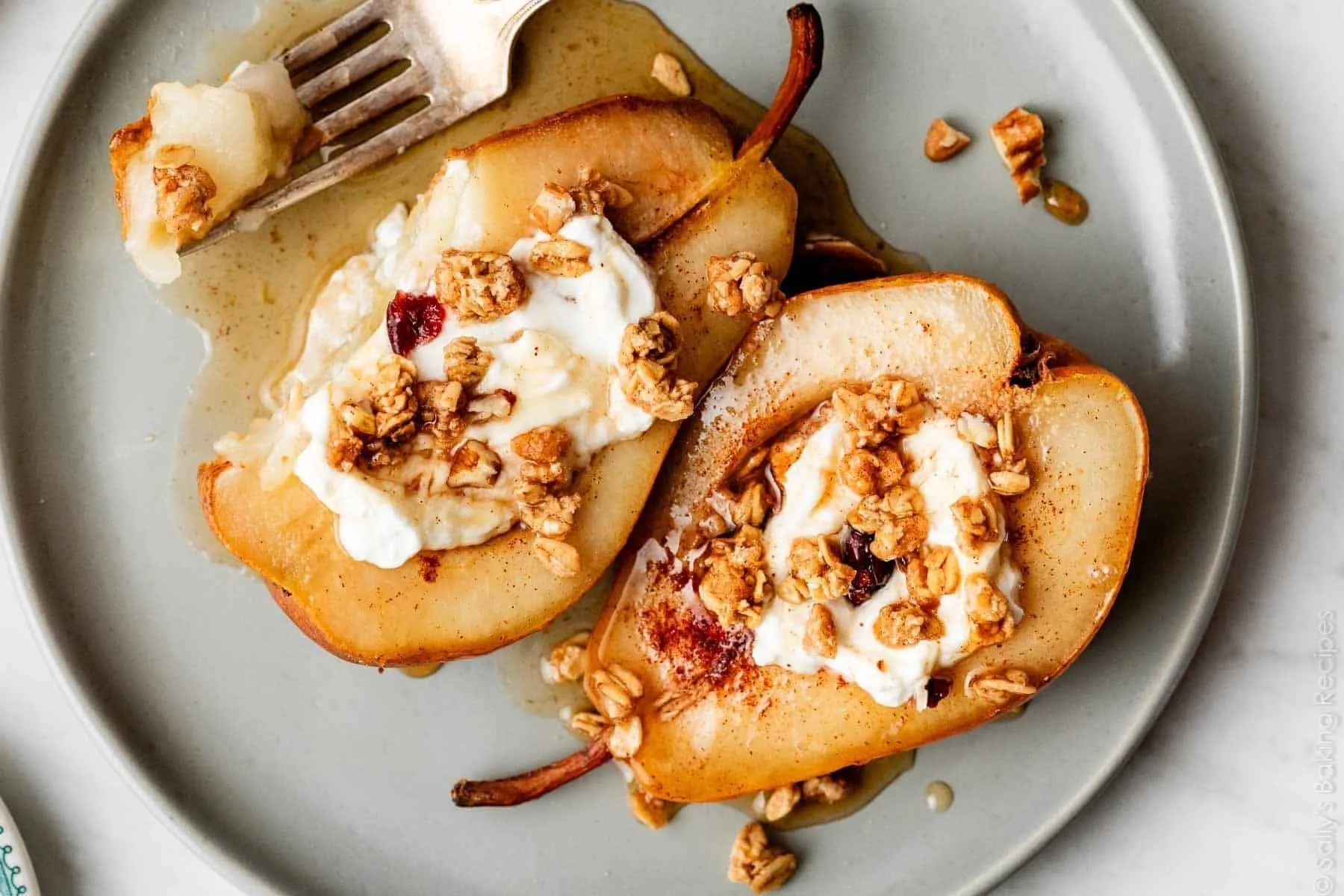
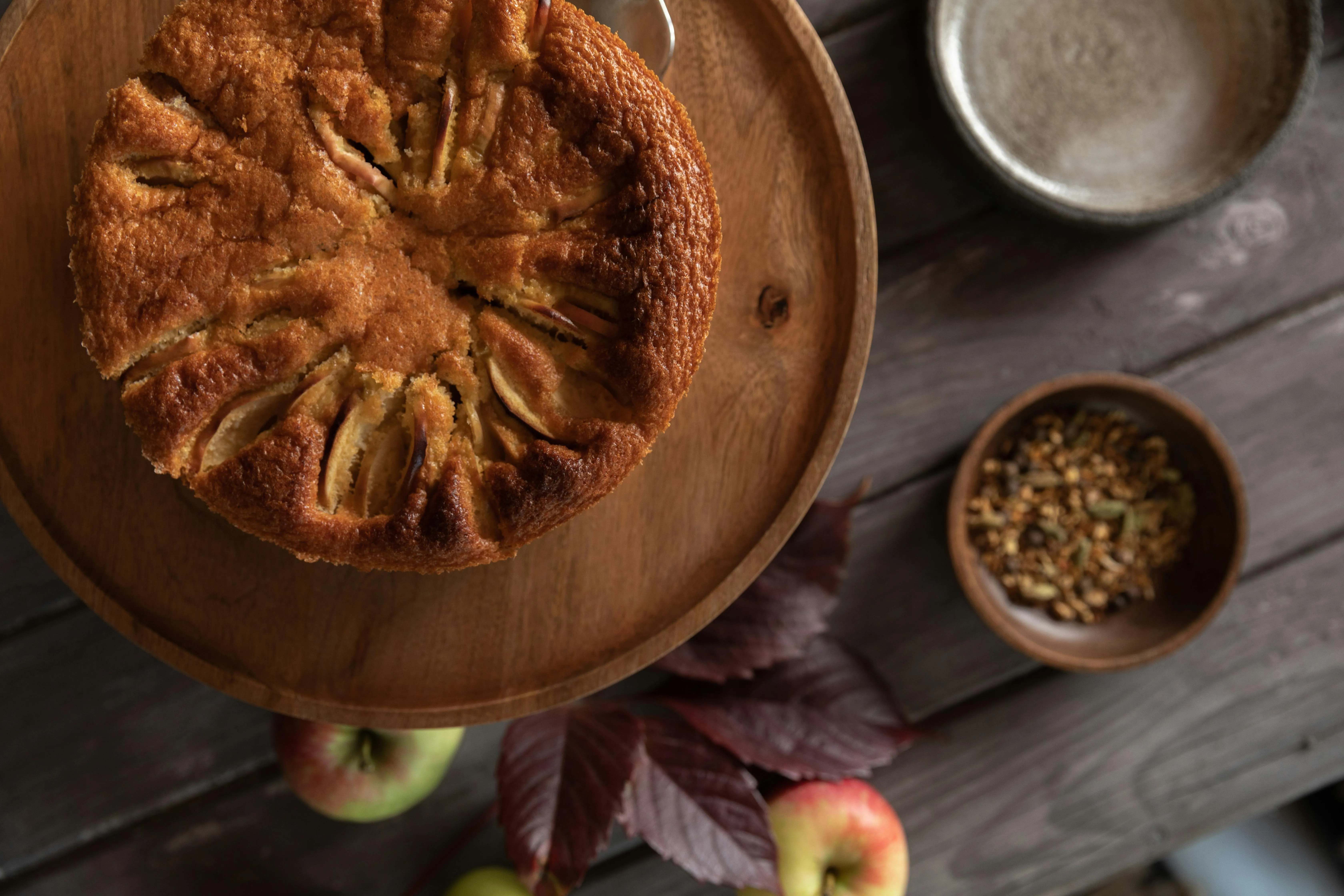
.webp)
